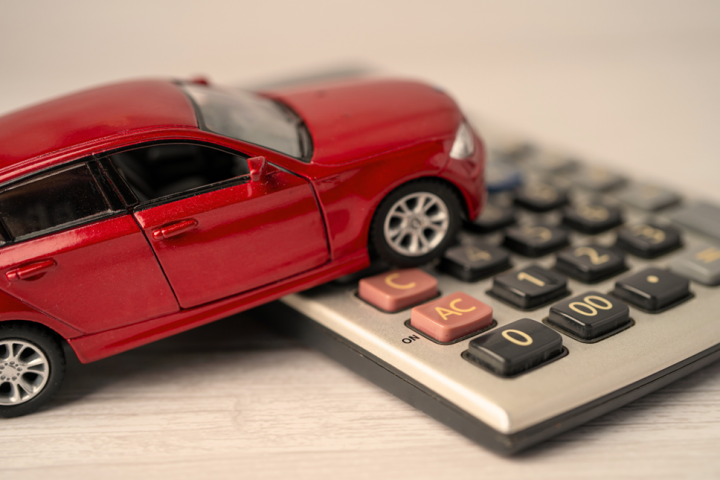A new report from Go.Compare Car Insurance has revealed that the cost of getting on the road in 2023, including the cost of a first car, has fallen to £5,947.40 from £6,574 in 2022.
The comparison site has researched these costs as it celebrates its own 17th birthday – an age where many of us would be looking at taking to the roads.

This is the first time in four years that the report has found that the overall cost of getting on the road has dropped below £6,000. In 2022 costs had risen to £6,574, up on the £6,394 that young drivers and their families were estimated to have been paying in 2021. In 2019 costs reached an estimated £6,846, dipping again in 2020 to £6,071. This year’s report shows that people are spending less on the costs tied to getting on the road than have been seen in a few years.
The research reveals that in the last 12 months, the total cost for a new motorist taking to the road including driving lessons and buying, taxing and insuring their first car has dropped in total by 9.53%. The report found that the average cost of first-year car insurance has increased slightly by 2.52% in the last year, to £1,466 but the amount that families and young drivers are spending on first cars has fallen by 22.6% to £2,780.
The sustained high cost of insurance for young drivers is still a major concern for parents, with 34% saying that the cost of car insurance was far greater than expected, an increase of 7% from last year’s survey.5 65% said it was one of their biggest concerns, with 10% even saying that they would have to delay getting a car for a child due to the cost of car insurance.
Alongside the cost of insurance, parents’ other major concerns were their child’s safety on the road (47%) with other drivers and the running costs associated with having a car (36%). But it isn’t just the costs once a driver has passed that can add up, according to the research, driving lessons are the second most expensive part of getting on the road, with an average spend of £1434.40 on lessons needed to pass a driving test.
While there has been a drop in the total cost of getting on the road, the research shows that there has been an increase in the amount of parents saying that their children taking to the road for the first time has been a significant drain on their finances, rising to almost a quarter (23%) from 19% in 2022.
Costs of getting on the road in 2023 as follows:
It’s clear that the Bank of Mum and Dad is still very much relied upon when it comes to getting on the road – the research found that the number of parents helping out financially has not fallen.
About 46% of those surveyed said that they have done or were planning on contributing to the cost of their child’s first car, similar to 2022 (44%). Only 10% of parents said that they haven’t or won’t be giving their child any financial help to get on the road.
As part of this report, Go.Compare looked at its quote data and revealed the top ten cheapest cars to insure for young drivers in the past year. Topping this year’s list for the cheapest cars to insure for the under 25s were the Peugeot 107 (£528) the Citroen C1 (£543) and the Volkswagen UP!(£546).
Commenting on the research, Tom Banks, spokesperson for Go.Compare said, “This new data provides some really helpful insights into both the costs for young drivers taking to the roads for the first time and shows the concerns their families have.
“As Go.Compare turns seventeen, it is interesting to see the costs for those who are also celebrating their seventeenth birthday and may be thinking about taking to the roads.
“It is great to see that most of the major costs associated with getting on the road have dropped over the past year, resulting in the current total coming in under £6,000.
“Even though it is good news to see that the overall cost of getting on the road has fallen, it is clear that it is still a financial stress for many. Car insurance for younger drivers will always cost more than those motorists who have been driving for longer, making it important to look around and make sure you’re not paying any more than you need to for a policy.”


